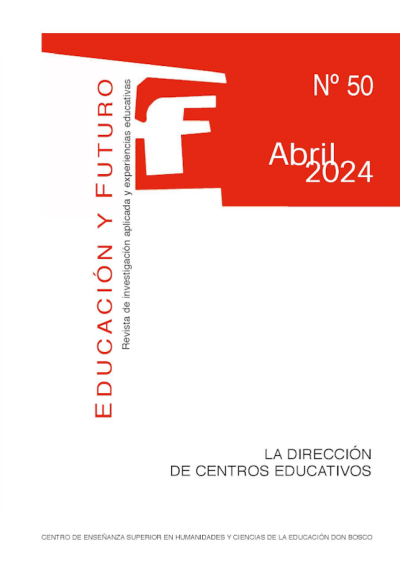A Practical Example of Gamification for Secondary Spanish Students
Keywords:
gamification, gamified teaching unit, students, teacher, rewards, activity, challenge, gameAbstract
Gamification is the process through which gaming elements and procedures, such as challenges and points, are used in nongame activities. Regarding the educational field, gamification's goal is to raise students' motivation and interest towards the subjects we are teaching. One of the advantages of gamification in education is the fact that it helps students develop important life skills such as problem-solving and critical thinking. Additionally, it can enhance students' motivation and interest in learning, as it allows them to view education as more fun and challenging, thereby increasing their engagement. However, teachers are well aware of the drawbacks of gamification. One of the main problems is that it can distract students from real educational objectives, which is learning. Moreover, gamification is not easy to implement and requires significant effort to develop and maintain games and educational activities. There are applications that use challenges and rewards to motivate students to learn while playing. However, that's not what we're aiming for when talking about transforming our teaching units into gamified teaching units. It involves much more, and that's what we're going to learn about through this article: to be able to create an effective gamified teaching unit.
Downloads
Downloads
Published
How to Cite
Issue
Section
License
Educación y Futuro: Revista de Investigación Aplicada y Experiencias Educativas © 1999 by Centro Universitario Don Bosco is licensed under CC BY-NC-SA 4.0







